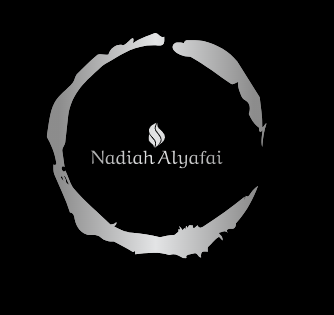
Arab Americans in the Chicagoland area demand the addition of the MENA (Middle Eastern North African) category on the 2030 Census
By Nadiah Alyafai
March 25, 2023
CHICAGO, IL – After decades of being labeled as “white” or “other” on federal documents, Arab Americans in the Chicago land area are pushing for a category that encompasses their true ethnic background. Organizers across Chicago deem a Middle Eastern North African or MENA category necessary to accurately count for the MENA region.
The Middle Eastern North African Category (MENA) is a term used to describe 21 countries, including Egypt, Morocco, Iran, Kuwait, and Yemen that encompass the Middle East and North African region. Since 1997, the Office of Management and Budget (OMB) mandated that individuals from the MENA region be reported within the “white” category on the census. This has resulted in an inaccurate account of who represents the MENA community.
“A lot of us use the phrase “white without the privilege” Abdullah, a student at the University of Illinois at Chicago noted “That just means we are forced to be labeled as white and grouped as white but are experiences are far from white people. Our community is a very marginalized group and to be grouped with white is very detrimental in terms of getting resources and data for our community.”
The historical “whiteness” and its origins in the MENA community date back to the pre-1950s when the naturalization system in the United States imposed immigration restrictions on certain races, leading the MENA community to advocate for the “white” identity. In recent decades, the problem with this categorization arose as the community attached to the “white” label does not have the same experience as the white population.
The Arab American Cultural Center at the University of Illinois at Chicago (UIC) has highlighted the differences in experiences. In 2021 the Cultural Center launched the campaign, #CountMENAIn, to demand a category for students at the University of Illinois. This included students within UIC, the University of Illinois Urbana Champaign (UIUC), and the University of Illinois Springfield (UIS). The campaign came out of student demands and experiences on campus and beyond. Although the staff at the Cultural Center noted that UIC has implemented the category in banner, UIUC and UIS students continue to advocate for a category.
“I work with a lot of students that are breadwinners of their family and that are falling behind on school” States Nesreen Hasan, UIC Cultural Center’s coordinator.
“This category could help with scholarships. This would help in terms of the financial realm, and if we have our category, substantiated, it will also have admin and faculty required to understand people of the region more and better.”
Nesreen Haasan
Although campus advocacy is a starting point, organizations across Chicago are working at a national level to secure a category on all federal documents, especially in Illinois.
“Currently, there is no government-sponsored information on MENA individuals,” remarks Basma Othman an intern at AAFS, “The data present must be collected by private researchers, research initiatives, and community organizers collecting information on this community.”
Earlier this year, in February, a bill was introduced in Illinois that if passed into law, would add MENA as a racial classification. The bill is currently in the Rules Committee under HB 3768 and HB 3242. It is currently awaiting assignment to the appropriate committee. If the bill passes the Committee, it will go to the floor of the House for a vote, and then to the Senate for a vote.
Organizers at the Arab American Family Services (AAFS), a nonprofit organization in the Chicago area that focuses on social services within the Arab community, have been one of the main leaders in the larger push for the MENA category within Chicago and nationwide.
AAFS mentioned that from 2000-2020, The Census Bureau estimated the number of Arab Americans in the United States as 2.3 million. However, organizations across the US estimate the total is closer to 3.7 million. In Chicago alone, over 100,000 Arab Americans reside. With the significant population of Arab Americans nationwide, and locally, representation is important, and the Arab American Community is currently not receiving that.
Othman revealed that just last month, the Office of Management and Budget proposed a revision of Statistical Policy Directive Number 15 (SPD 15). SPD 15 is a crucial element in the oversight and administration of policies and programs that address racial and ethnic disparities.
In response, AAFS has organized its members to locate Arab Americans across Chicago to participate in the public comment section on the proposed changes to the OMB office. One of those locations was UIC’s Arab American Cultural Center.
Although progress is happening locally, there are concerns about the implications and limitations of the Middle Eastern and North African Categories. Individuals within the community have voiced concerns
about a change of the name overall to SWANA (Southwest Asian and North African). The reason is that The Middle East is said to be a colonial term.
Hasan acknowledges the MENA vs SWANA debate, but she emphasizes that there has been so much work put into getting the bare minimum, which is legislation written for a category. “We are almost at the finish line” Hasan states, “Changing the category might take another few decades and we need something on our community now.”
Looking into the future, Organizers and Activists see the Middle Eastern North African category as essential. The necessity of the subject matter is urgent as the individuals of the category face social disadvantages and disproportionate political and economic struggles. The push for the category is long overdue. With powerful strategic organizing work within college campuses, within Chicago, and the US, a final push for representation is currently underway.
Proudly powered by WordPress
